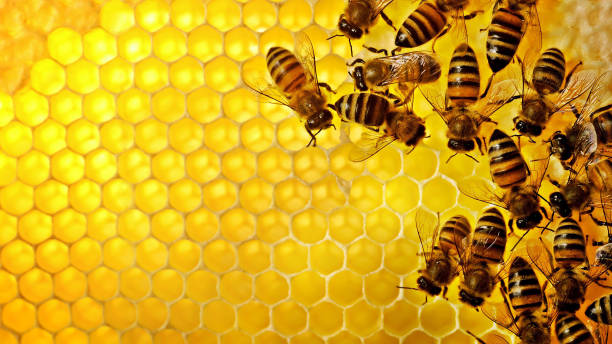Business Lessons from the Beehive: Applying Biomimicry to Enhance Efficiency
Biomimicry is a rapidly emerging discipline in science and business that seeks to understand and apply nature's time-tested patterns and strategies. This innovative concept has been steadily gaining traction, with companies across various industries seeking inspiration from the natural world to address complex business issues. One such example that has sparked interest is the operations of a beehive, which reflects efficiency, collaboration, and adaptability—qualities that are highly prized in today's volatile business environment.

The Art of Biomimicry and Its Business Relevance
Biomimicry is a practice that learns from and mimics the strategies found in nature to solve human design challenges. The core idea is that nature, imaginative by necessity, has already solved many of the problems we are grappling with: energy, food production, climate control, non-toxic chemistry, transportation, packaging, and a whole lot more.
In the business context, biomimicry can offer novel insights into improving efficiency, boosting productivity, and fostering a collaborative work culture. The operations of a beehive, for instance, provide valuable lessons in these aspects.
Lessons from the Beehive: Efficiency and Collaboration
A beehive is a marvel of efficiency and collaboration. Each bee has a specific role to play—whether it’s a worker bee gathering nectar, a drone bee ensuring reproduction, or a queen bee overseeing the hive—and they all work in harmony to ensure the survival and prosperity of the colony. This division of labor ensures that tasks are completed efficiently, without confusion or duplication of effort.
In a business context, this can translate into clearly defined roles and responsibilities for employees, leading to increased productivity and efficiency. Furthermore, the collaborative nature of a beehive, where each bee works for the good of the whole, can inspire a team-centric work culture that values collective success over individual achievements.
Adapting to Change: Lessons in Resilience
Bees are also remarkable for their adaptability. They respond swiftly to changes—be it in weather, food availability, or threats—ensuring the hive’s survival. This resilience and adaptability are crucial in today’s fast-paced business world, where companies must be agile enough to respond to market changes and disruptions swiftly.
Insights for Implementation
- Embrace clear roles and collaboration: Just like in a beehive, clear roles and responsibilities, coupled with a collaborative work culture, can boost efficiency and productivity. It can also foster a sense of belonging among employees, enhancing their job satisfaction and loyalty.
- Promote adaptability: Encourage a culture of adaptability and resilience, wherein teams are prepared to navigate changes and disruptions. This not only helps in crisis management but also enables companies to seize new opportunities that such changes often bring.
- Learn from nature: Explore the principles of biomimicry and consider how they can be applied to your business practices. This can lead to innovative solutions that enhance efficiency and sustainability.
As we navigate an increasingly complex business landscape, the need for innovative strategies and practices becomes more pronounced. The concept of biomimicry, as exemplified by the operations of a beehive, offers a fresh perspective, combining efficiency, collaboration, and adaptability. These are valuable lessons that can guide businesses towards sustainable success amidst constant change.




